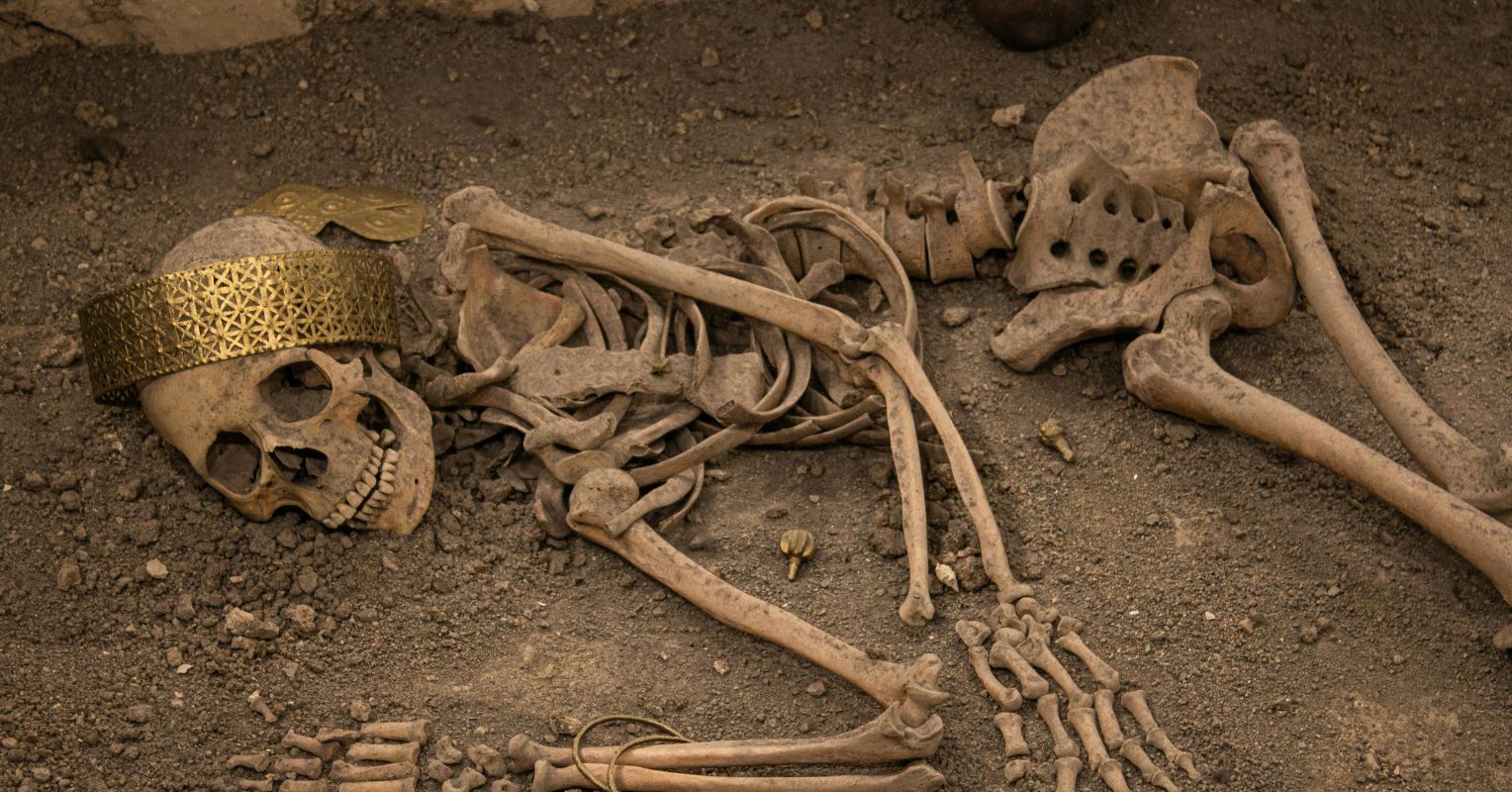
"While life emerged around 4 billion years ago, human history-from the earliest humans approximately 2.5 million years ago to the present day-represents a relatively short period in the scale of evolutionary history. This brief period is insufficient for genes to fully adapt to the new requirements of modern life, resulting in a contemporary lifestyle supported by an ancient genetic legacy."
"Paleopathological studies confirm that when humans transitioned from a hunter-gatherer lifestyle to an agricultural model of life, the prevalence of chronic or non-communicable diseases (NCDs) increased among human populations approximately 10,000 to 12,000 years ago. This evidence, derived from the study of fossils, bones, and teeth, showed that a cereal-dependent diet led to poorer nutritional quality and greater susceptibility to conditions such as nutritional deficiencies, dental diseases, and skeletal degeneration."
"Also, psychological disorders such as stress and anxiety increased after the agricultural revolution. Although the beginning of the agricultural revolution provided more food and led to an increase in population, new health problems also occurred that might be rare in hunter-gatherers [1]. It is important to note that the primary factors contributing to the lower average lifespan of hunter-gatherers were infectious diseases and higher child mortality. However, those who survived these challenges often lived into their 60s and 70s, generally free from NCDs."
Human genetic makeup remains largely unchanged since the Paleolithic, leaving genes poorly adapted to modern environmental and lifestyle demands. The agricultural revolution increased food supply and population but introduced trade-offs: cereal-dependent diets reduced nutritional quality and raised vulnerability to nutritional deficiencies, dental disease, and skeletal degeneration. Paleopathological evidence indicates chronic non-communicable diseases rose about 10,000–12,000 years ago. Psychological disorders such as stress and anxiety increased after agriculture as concepts like ownership and wealth generated new anxieties. Infectious disease and high child mortality lowered average lifespan among hunter-gatherers, yet many survivors reached their 60s or 70s largely free of NCDs.
Read at Psychology Today
Unable to calculate read time
Collection
[
|
...
]